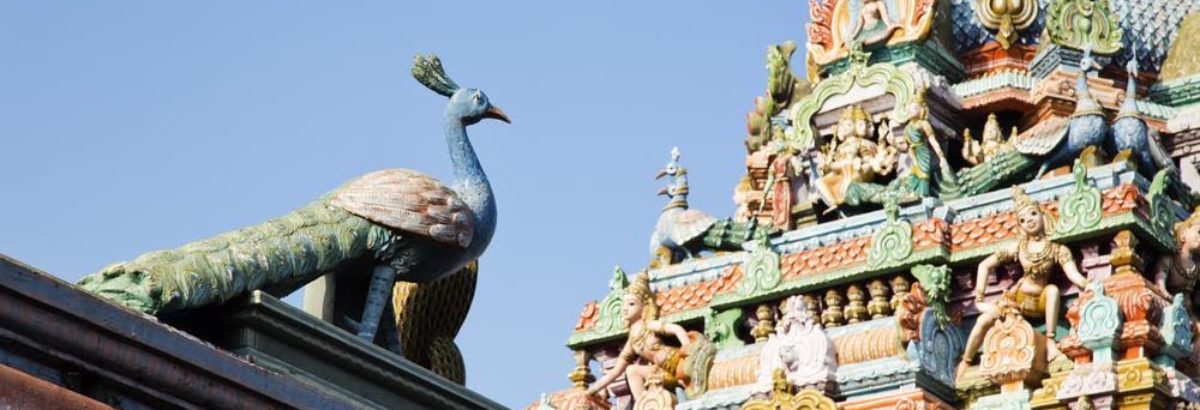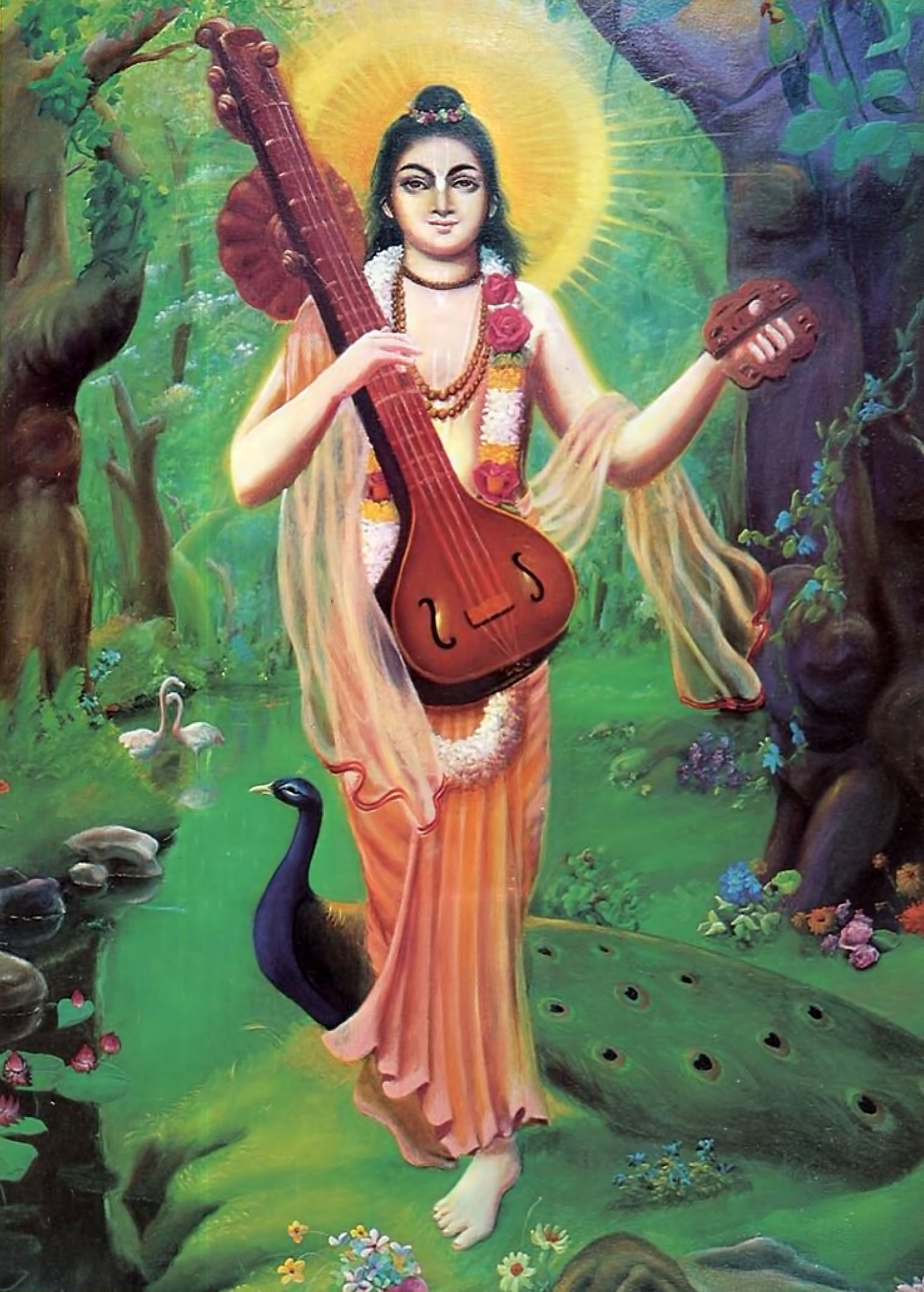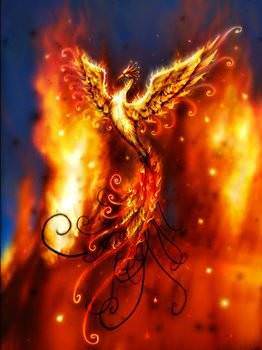
Thus, music has been considered to be a form of Yoga. From this we understand that the purpose of Indian Classical Music is Upasana only and not entertainment or for the purpose of seeking prosperity, fame and positions of power and authority. That is why Tyagaraja sang the Kritis “SANGEETHA GNANAMU BHAKTI VINA” “KANA KANA RUCHIRA” “NIDHI CHAALA SUKHAMA” etc.. and lived the life he did dedicating his mind, speech and body to the musical service of the Lord alone and none else.
Another name for the divine Owl Uluka is Ganabandhu who asks Narada what he can do for him? Narada complains that he was relegated to the sidelines and Tumburu was felicitated in public by Visnu and Lakshmi and that no such honour was shown to him even though Narada constantly sings the name of the Lord. Thus, Narada became a victim of Ego and disobeys the concluding instructions of Krishna to Uddhava in the Uddhava Gita XI. 29:
09. Always remembering Me, having one’s mind both conscious and sub-conscious resigned to Me, and having full conviction in, and acceptance of, My Bhagavata Dharma, an aspirant should do all actions deliberately as offerings unto Me.
The pure-minded devotee should recognize Me, the Lord of all, in the spirit pervading within and without every object including himself, like the Akasa pervading everything unobstructed by any barriers.
13&14. O Uddhava of mighty intelligence, know him to be a man of true illumination (Pandita) who, with the help of the insight born of knowledge, could have evenness of outlook and perceive and honour all beings as My manifestations be they holy men or outcastes, persecutors or adorers of holy men, the sun or a spark of fire, tranquil personage or a ferocious and cruel man.
15. In those who constantly seek to find My presence in all human beings, there will no longer be any competitiveness with equals, jealousy towards superiors, contempt for inferiors, and too much self-consciousness with regard to oneself
16.Overlooking the ridicule of friends and relatives, casting aside the sense of high and low on mere physical considerations, and throwing away all shyness and shame based on such ideas, one should fall down in prostration like a stick before all beings – dogs, outcastes, cattle, assess, etc., seeing all of them as manifestations of the Supreme Being. ( Readers may kindly note the similarity with Adi Sankara’s Manisha Panchakam)
Until the consciousness that all these beings are My manifestations has been established in the mind, one should commune with Me through external worship and the practice of My presence in all through thought, word and action.By virtue of practicing the presence of the Atman everywhere, a devotee gains that knowledge by which he perceives everything as Brahman. He becomes free from all doubts and he can abandon all Karmas.
Of all means of spiritual discipline, the best according to Me is to practice My presence in everything through the functioning of the three instruments – mind, speech and action.
O Uddhava, when the Dharma propounded by Me (Bhagavata Dharma), in which all actions are done in dedication to Me without an eye on the fruits of action, is accepted and practiced, there is no wastage in all one’s efforts from the beginning. For, unlike in rites done with desires for fruits, which would end in total failure if done improperly, here in this path whatever is done helps one’s spiritual evolution in this birth or in another, and one can continue form where one has left. Its basis is spiritual and not material, and so its effects are imperishable. This is, as I, the Supreme One, has ordained.
O noble one, even ordinary vain worldly actions like running away and crying due to fear and sorrow if done in dedication to me, even that comes to have spiritual potency. There is no need then to speak about the high spiritual efficacy of Bhagavata Dharma consciously practiced.
The attainment of Me, the True, the immortal, with the help of even this insignificant mortal body, is the real wisdom of the wise and the skill of the skillful.”
Narayana then advises Narada who has become the victim of Maya, to meet Uluka. Ganabandhu tells Narada the story of his previous birth as King Bhuvanesa. Thus, an Acharya in music discloses his own wretched past to a true student so that the same mistakes can be avoided by the student in future. King Bhuvanesa was a vedic ritualistic who had performed innumerable sacrifices accompanied by gifts with faith and devotion. But the King prohibited the singing of the glories of Kesava in his kingdom. A devotee named Hari Mitra disobeyed the King’s order and was punished by the King by forfeiture of all his wealth and exile from the kingdom. The King died and became an owl in his next birth. He questions Yama about the reason for the same. Yama tells him that the punishment of Hari Mitra was a great sin that negated the merits of all the vedic sacrifices and gifts made by the King. Yama adds that a Brahmin should not sing the eulogies of anyone except the glories of Hari. So punishing Hari Mitra for singing the praises of Lord Hari or Vasudeva, was an unpardonable offence and a great sin. As a punishment you should go to the cave of the mountain where a dead body of your erstwhile form as a king is lying. You should feed upon it on a daily basis for a period of one Manvantra. After that you will become a dog on earth. After a long time there, you will get a human body once again. I am the king who has become an owl. When I was overcome by hunger and about to take my first pick at the dead body, the most compassionate and merciful Hari Mitra came there aboard a plane and heard the story of my punishment for my offence against him. Hari Mitra forgave me and blessed me not to become a dog. He further granted me the skills of singing in a clear and articulate manner the glories and praises of Lord Visnu, to be honoured by being acclaimed as a patron teacher of singers & an expert in the finer intricacies and nuances of music and singing, to be a music teacher for Gods, Vidyadharas, Gandharvas and Apsaras and, blessed me to have different varieties of food to eat. He then said that after some time everything will become alright and my sufferings would end. It must be noted that a musician who is a true devotee of the Lord forgives a person who has done him a wrong and blesses him with musical excellences besides removing the punishment of Yama and providing good food to eat. All these incidents are narrated in Canto 6 of the Adbhuta Ramayana.
—- Dr.V.Meenakshi Jayakumar
— to be continued.







